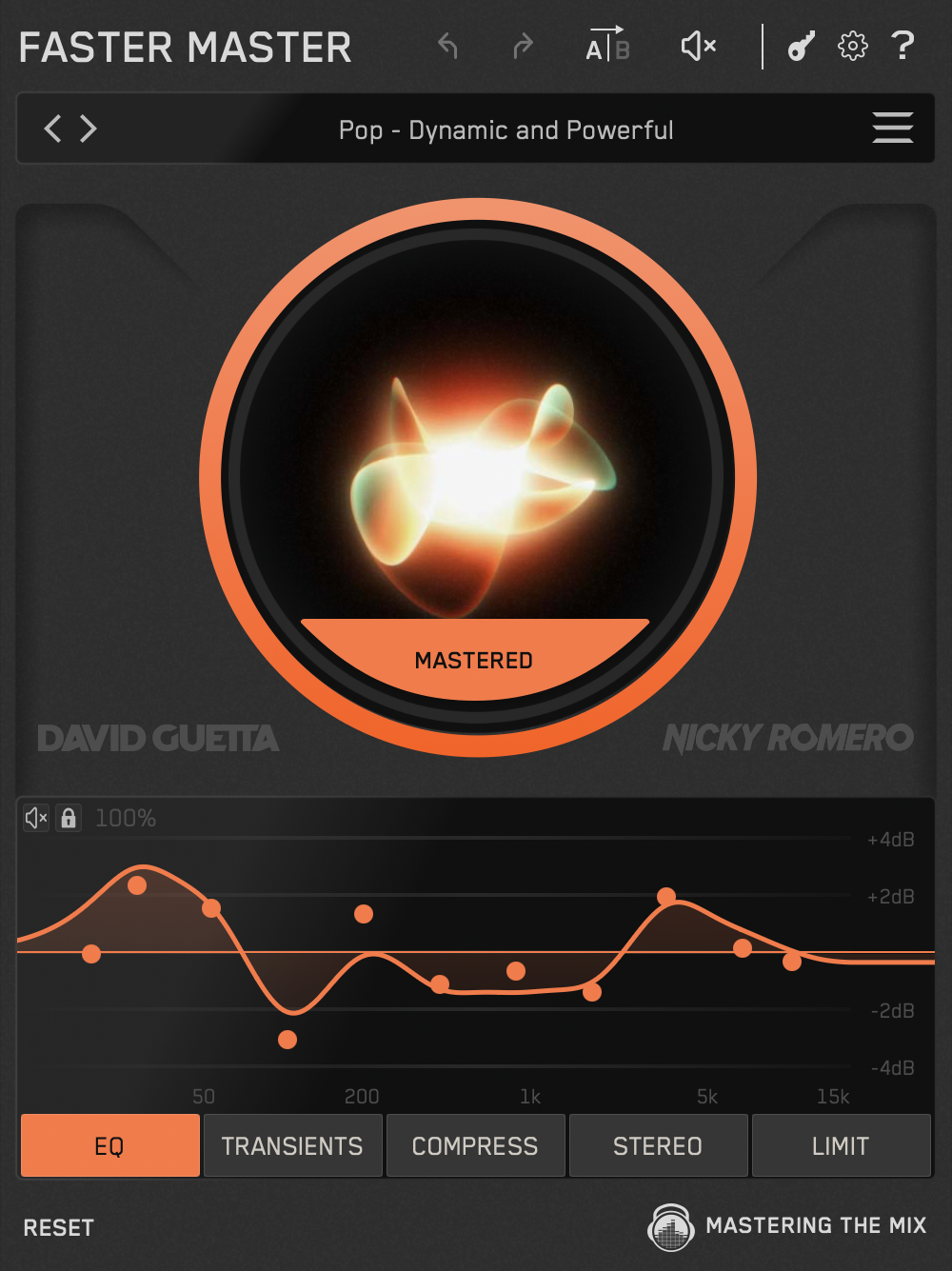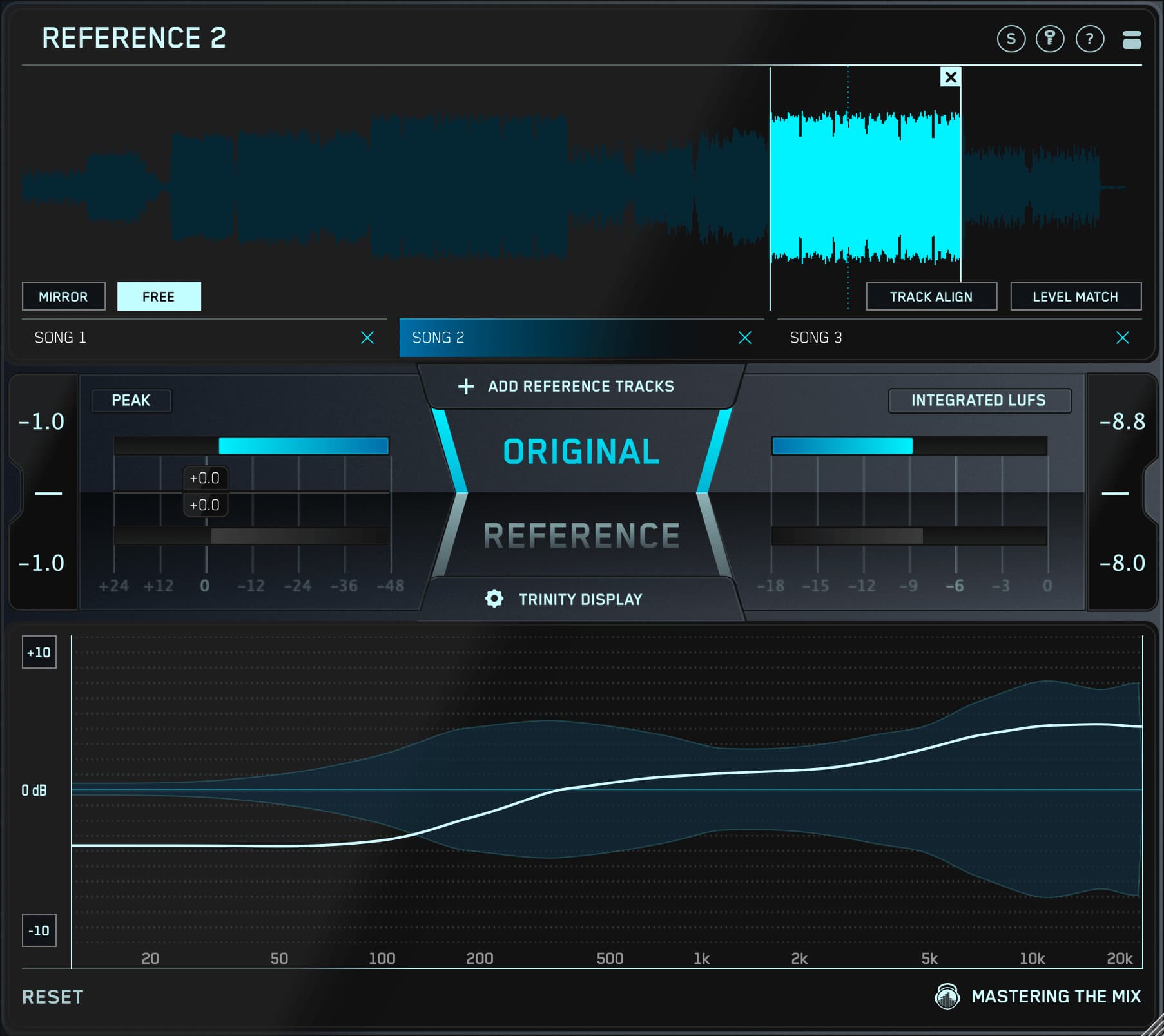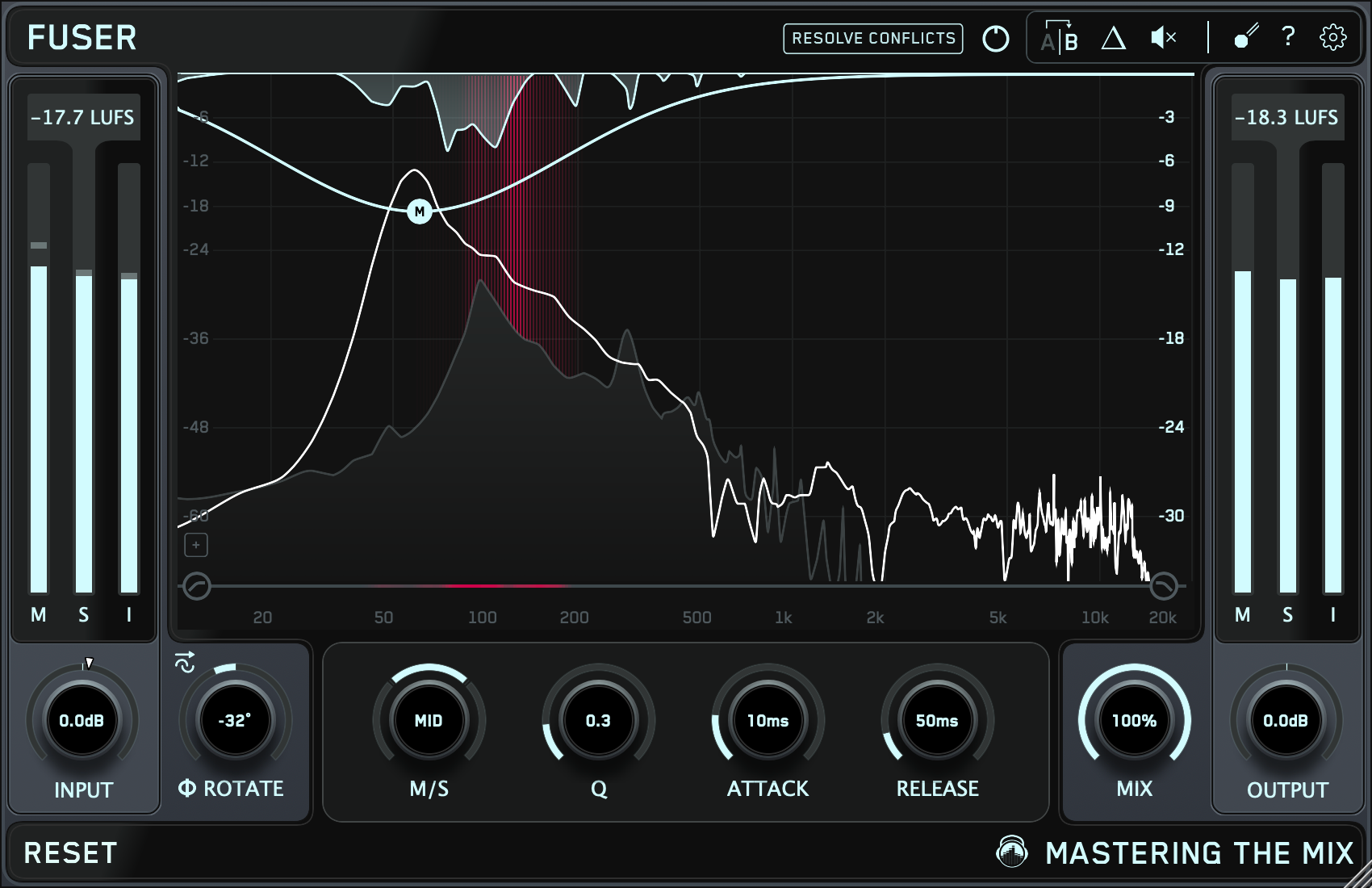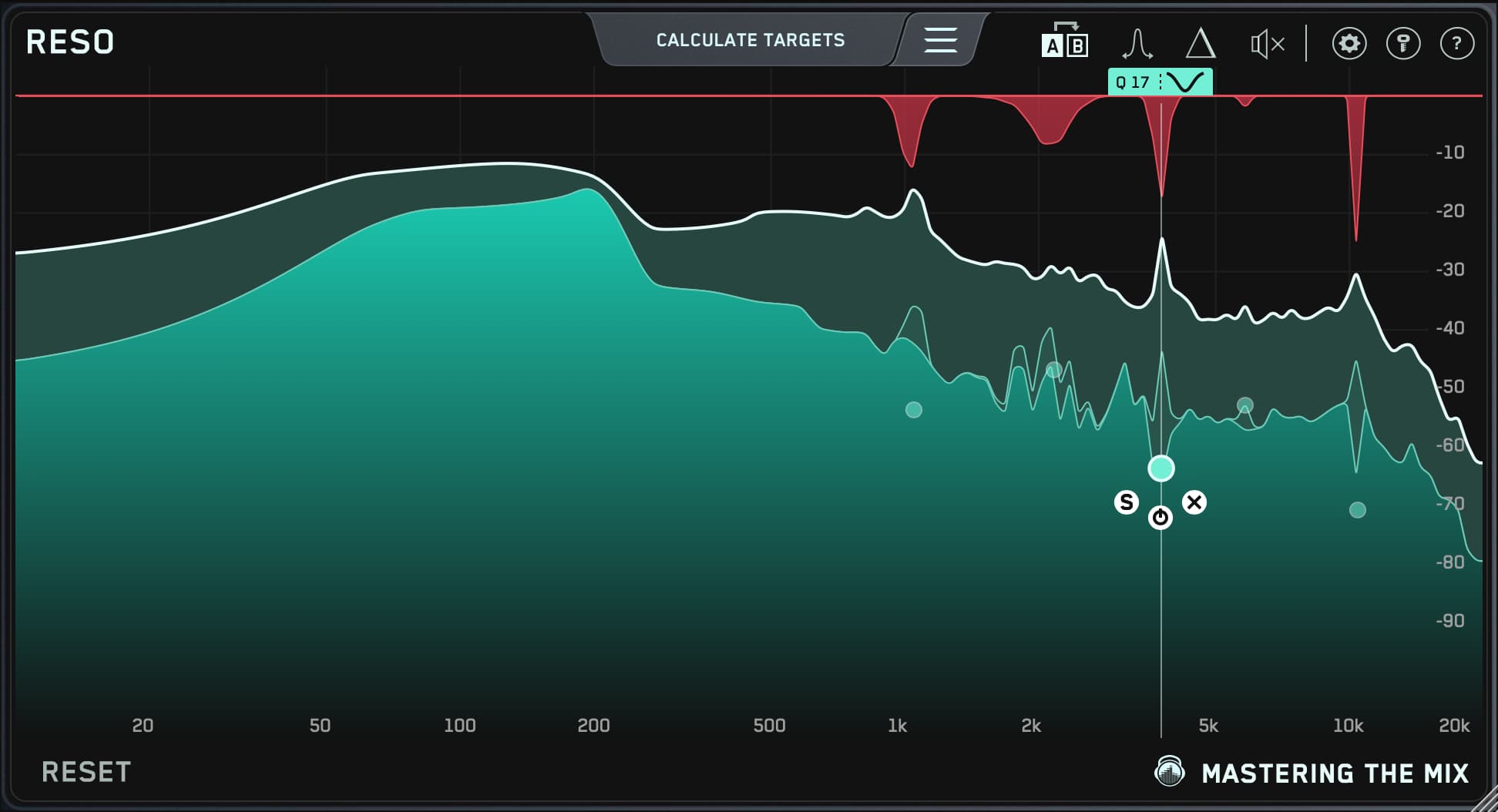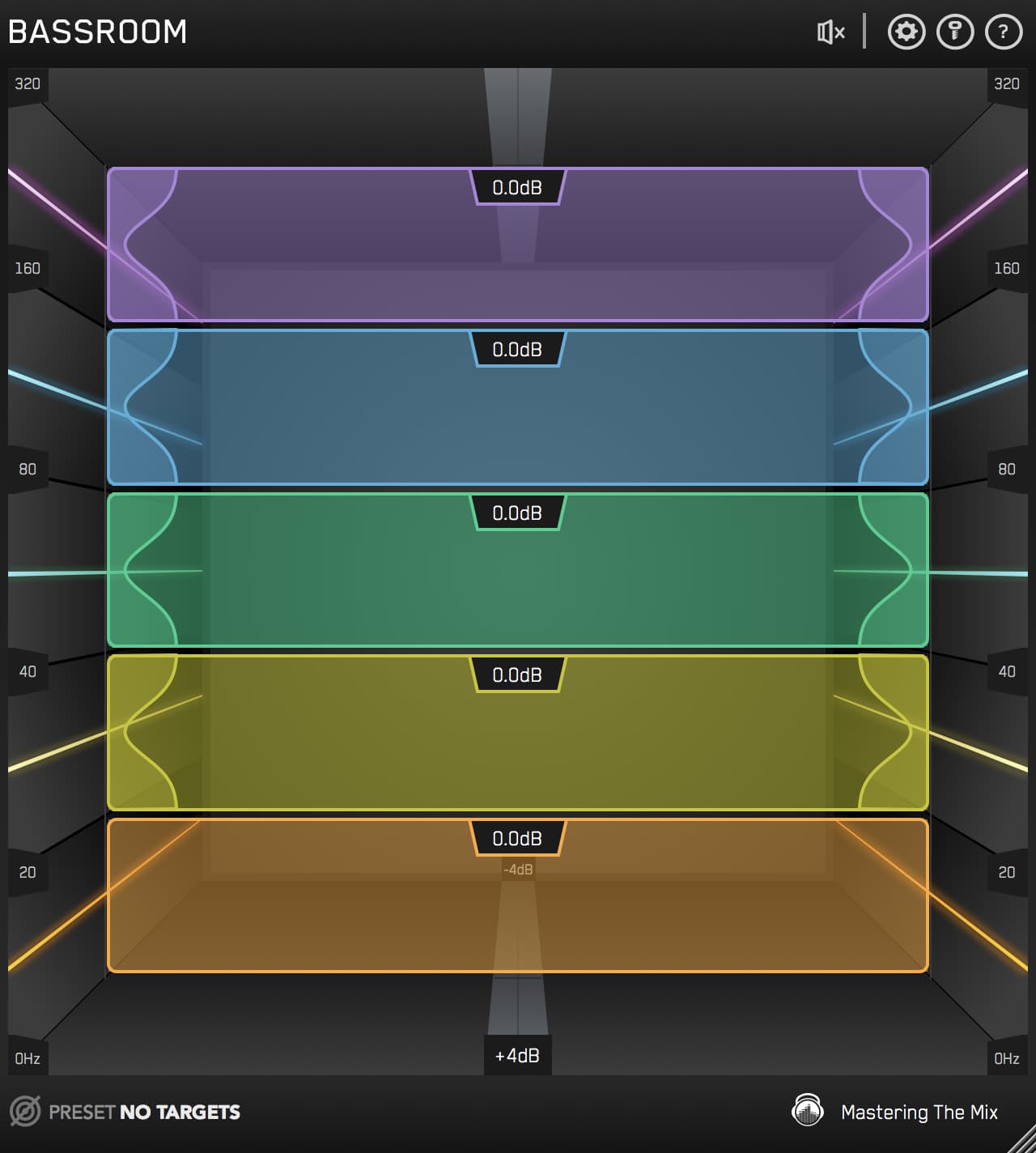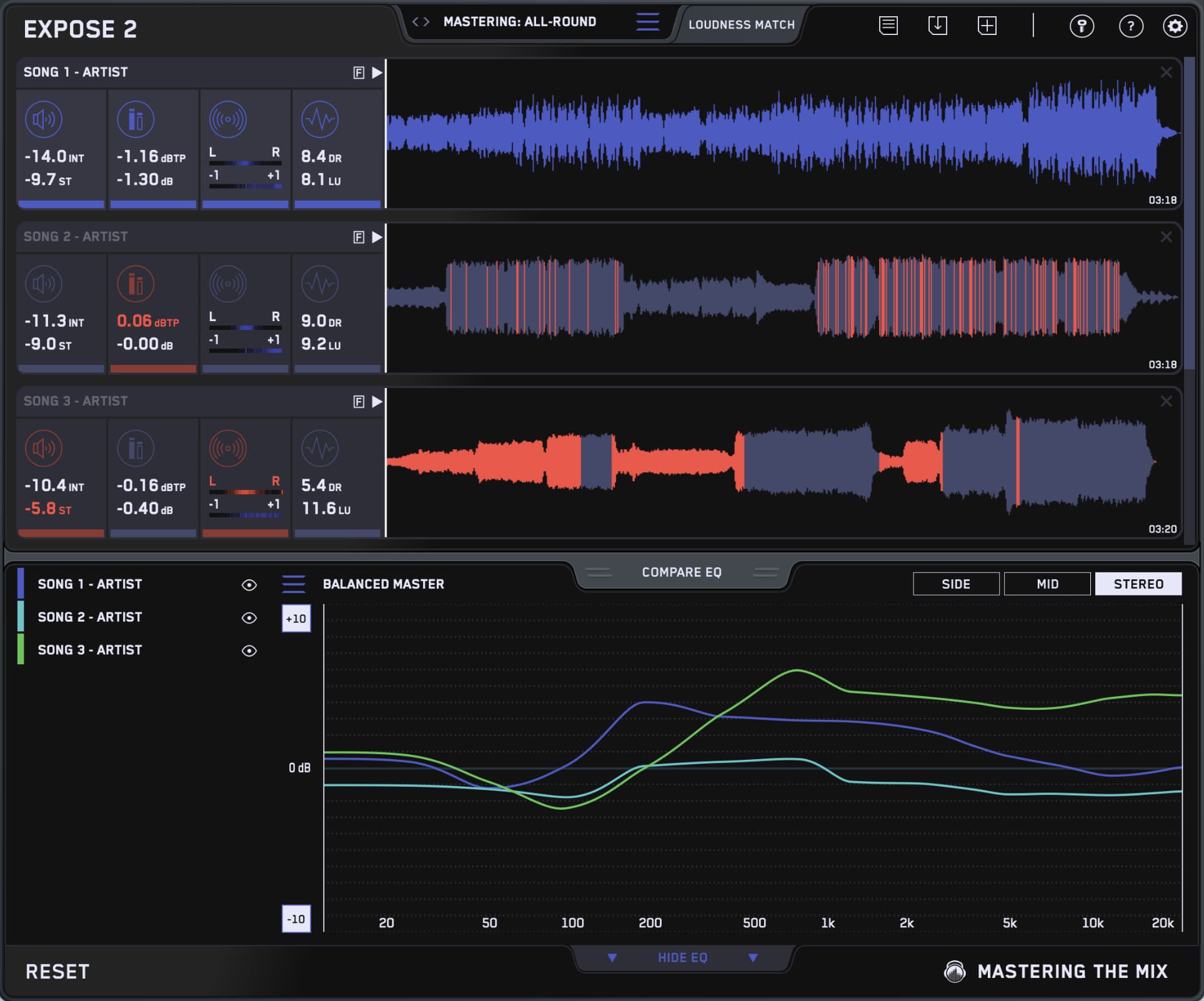I’ve talked to countless music producers about what frustrates them when they mix their own music. What I hear over and over again is:
“My track sounds too quiet.”
“Sounds different when I hear my mix outside of the home studio.”
“My mix sounds muddy.”
“My low-end is unbalanced and inconsistent.”
“The vocals get lost in my mix.”
In this post I’m going to explain why these issues occur and offer a solution to help you deliver professional mixes from every studio session.
The Problem
So what causes an unbalanced mix? How can a producer spend so much time tweaking and perfecting a mix and end up with one or even all of the problems listed above? The root of these issues comes from NOT looking at the mix as a whole. This might sound like an obvious and simple statement, but stay with me as the rabbit hole goes a lot deeper…
The mistake these producers make is that they focus on one thing at a time. They don’t have a vision of what they want the final result to sound like. So, they start by EQing and compressing the drums until they’re super fat and punchy… Then they solo the bass and work on that till it sounds perfect… Once that’s done, they solo the vocals and get the reverb sounding huge… After they’ve completed each channel like this, they listen to the whole mix to find a distorted, unbalanced and confusing mess.
They have built their mix without keeping an eye on the meters or thinking about the dynamic journey of the entire track. They’ve not considered the importance of gain staging and leaving enough headroom to allow space for mix decisions. They haven't utilised the stereo spectrum to build a solid mix that works in both stereo and mono. Everything was tweaked to sound compressed and loud, so nothing sounds compressed and loud. These are ‘technical’ issues, but they affect the musicality of the song. A great mix is one that conveys the emotion and energy of a song in a realistic way. Understanding the technical aspects of mixing will help you create an immersive experience for your listeners.
The Solution
The thing that most mixes are missing is the correct approach. The different instruments, voices and sounds have an incredibly complex coexistence. To get a professional sounding final mix you have to create a relationship between ALL the channels. A high frequency boost in one channel can make a different channel sound dull. Boosting the volume of one channel might push a different channel further back in the mix. All of your mixing decisions will have a knock on effect to the overall balance of your mix.
The solution is an approach: Before you make your first tweak, try to have a picture in your mind of what you want the final mix to sound like. Try and get closer to this picture with every mixing decision you make. Don’t forget to think about how each tweak will affect the other channels.
Things to keep in mind whilst mixing:
Perception of EQ balance:
If you attenuate the high frequencies of a channel, the lower frequencies might get a perceived boost. This relationship can also occur between different channels. For example, if you have a hi-hat with a high frequency EQ boost, it may make the vocal sound dull, even if it doesn't sound dull when soloed.
Headroom:
When you make an EQ boost, you are increasing the volume output of that channel. You may also want to increase the volume of a channel at any stage of the mixing process. You need to have headroom to be able to do this. Whilst mixing, try to peak around -6dB on the output channel to give yourself enough headroom.

Punch:
Musicality is crucial to a great mix. Compression is awesome, but try to keep the transients in tact and let the music breathe. Create musical volume changes between the verse, the chorus, the drop or any other sections in your track.

Achieving good loudness:
Controlling the dynamic range of a track is important to get a ‘loud’ mix. I find that the most musical way to do this is to automate the gain of the channel. I might add some compression after this but it’s usually at a ratio of no more than than 4:1.
Balanced Volume Relationship:
Think about the channels that you want to stand out in the mix. Not everything can be loud and in your face. If you want the vocals to be the main focus, then other instruments with a similar frequency range (guitar, piano, strings etc) might have to sit behind the vocals. Check out this post on how to balance your kick and bass.
Stereo Spectrum:
Use the stereo width to create a solid and immersive mix. Low frequencies placed in the centre (or ‘mono’) will help create a solid foundation for the rest of your track. Pan your channels whilst listening to the whole mix, this will help you find the sweet spot.

Remove the Mud:
To many channels competing for low and low-mid frequencies will lead to a muddy mix. Think about which channels that will benefit the most from having that full-bodied sound and prioritise the space for those sounds. You can also add a high pass to channels that have unwanted low frequencies. The audio from a recorded guitar might have some low-end hum that is negatively affecting the mix.

Use References:
Having a track in the same genre with similar sonics in your project will help you build a picture in your mind of what you want your final mix to sound like.
I will be covering the topic of using references in mixing in great depth over the next few months.
How To Keep An Eye On Everything At Once
Mixing is a creative process, but if you neglect the technical aspects you wont be able to convey your musical ideas to their fullest potential. Having seen so many amazing songwriters fall down at the mixing hurdle, I decided to create a solution to help them keep track of how their mix is shaping up. I wanted to create something that they actually WANTED to use and that didn’t stifle their creativity.
My company Mastering The Mix created a mixing and metering plugin called LEVELS to help music producers quickly identify any technical issues in their mix. LEVELS has 4 sections; Headroom, Dynamic Range, Stereo Field and Bass Space. An issue in your mix will cause the corresponding section to turn red. You can then click the icon to get a better insight as to what the issue is. If there are no technical issues with your mix, the sections will all glow green and you can confidently continue with the creative process. LEVELS has presets to help you get the best results for Streaming, iTunes, Youtube, CD, Club and more.



